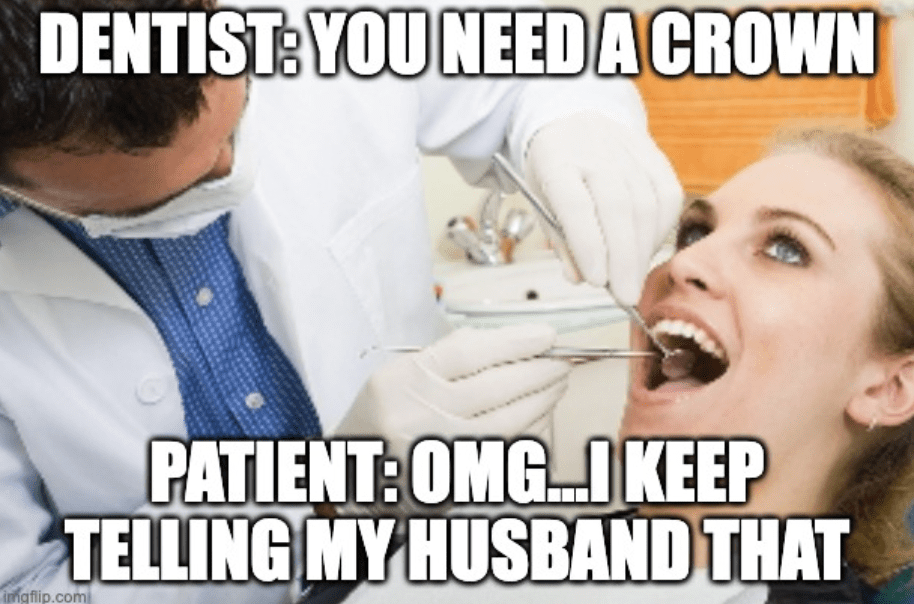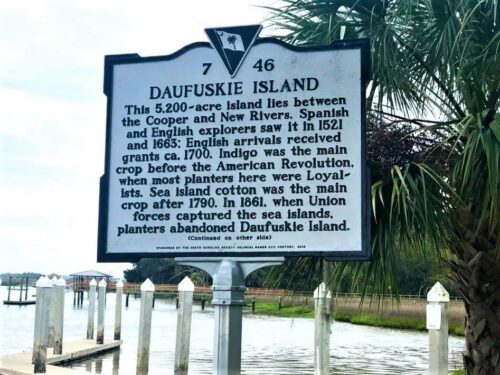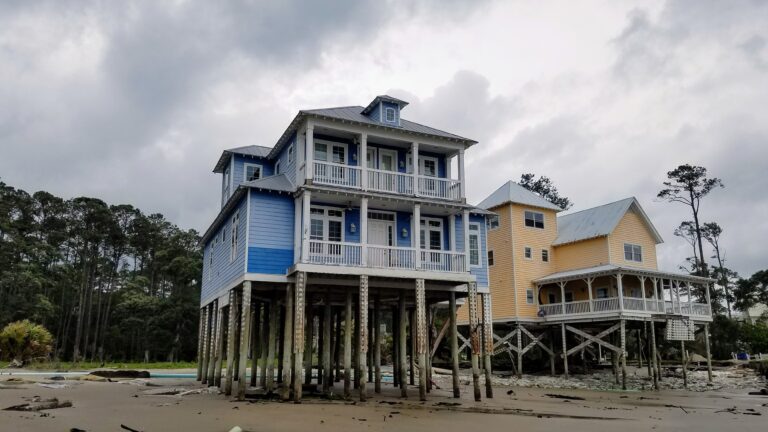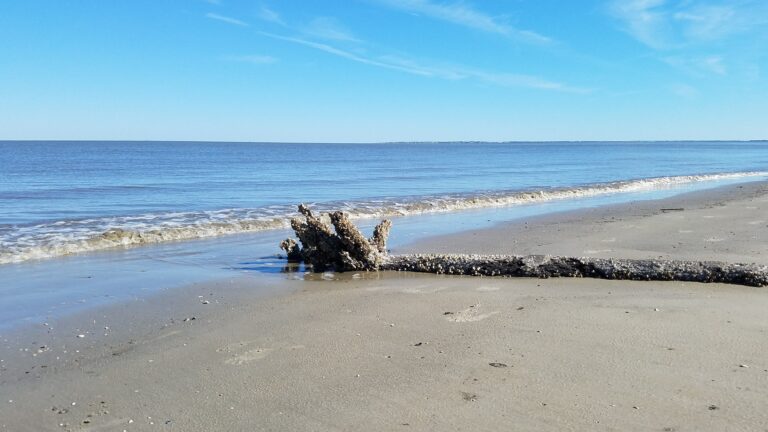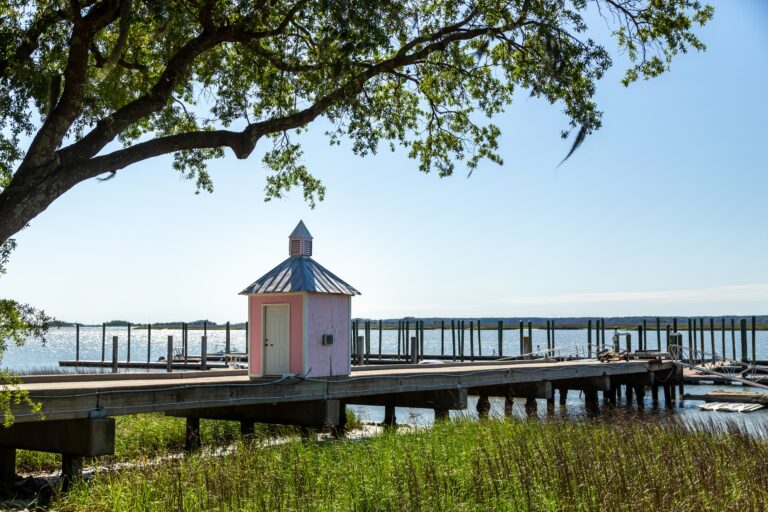Everything You Need to Know About Dental Tourism
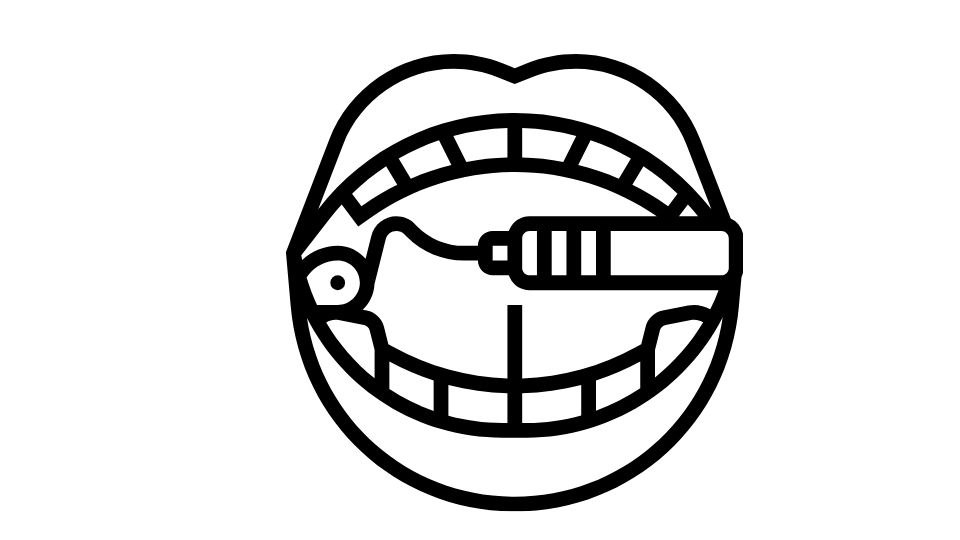
Going to Mexico to get your teeth fixed? You probably won’t die. Here’s what you need to know.
Thinking about getting dental work done in another country? You’re not alone. Millions of Americans are now traveling abroad for dental care, and for good reason – it can save you thousands of dollars
But is it safe? Is the quality any good? Will you end up with a mouth full of problems when you get back home?
Let’s find out the truth about dental tourism – with a healthy dose of my opinion sprinkled on top.
Dental Tourism Explained: What You Need to Know
The Good, The Bad, and The Toothy
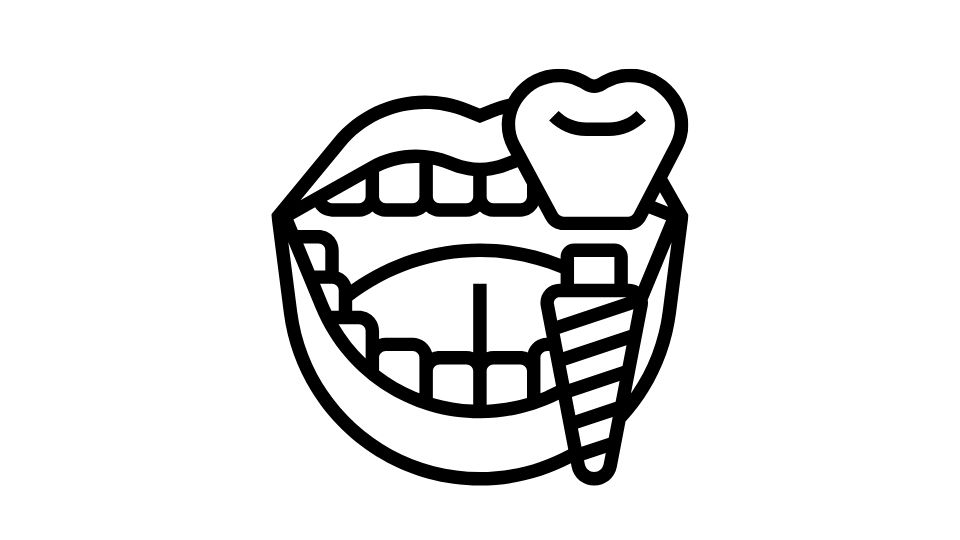
Look, the main reason people travel for dental work is simple: it’s way cheaper. Like, “holy crap, I’m saving 70% on this root canal” cheaper.
A full mouth of dental implants that costs $50,000 in the US might run you $15,000 in Mexico – and that’s including your flight and a week at a nice hotel with margaritas on the beach.
The price difference is so dramatic that even with travel expenses, you can save enough money to actually enjoy yourself while getting work done. A 2023 survey found that dental tourists save an average of 60-75% compared to US prices.
But is it worth it?
Top Dental Tourism Destinations That Won’t Wreck Your Mouth
Mexico is the big one, especially for Americans. Border towns like Los Algodones (nicknamed “Molar City” – I’m not making this up) have hundreds of dental clinics catering specifically to Americans.
Thailand has become a global hub for medical tourism generally, with some seriously impressive dental facilities in Bangkok and Phuket.
Costa Rica offers a nice balance of quality care, beautiful recovery locations, and proximity to the US.
Hungary is Europe’s dental destination, with Budapest being particularly popular for British and German patients.
What these countries all have in common: drastically lower prices than the US while maintaining decent (and sometimes excellent) quality.
Why People Are Actually Doing This

1. The Cost is Insane (In a Good Way)
Let’s talk real numbers:
- A single dental implant in the US: $3,000-$5,000
- Same implant in Mexico: $800-$1,500
- Full set of veneers in the US: $12,000-$30,000
- Same veneers in Thailand: $4,000-$8,000
The math isn’t complicated. Even if you spend $2,000 on flights and hotels, you’re still saving thousands. For major work, you could save enough to pay for a college semester.
2. The Quality Isn’t (Always) Terrible
The biggest misconception about dental tourism is that you’re getting treated in some back-alley clinic with rusty tools.
In reality, many international dental clinics catering to tourists are nicer than your dentist’s office at home. I’m talking:
- Brand new equipment
- Dentists trained in the US or Europe
- Same materials used in American clinics
- JCI accreditation (the gold standard for international healthcare)
A 2024 study in the Journal of Dental Research found comparable clinical outcomes between patients treated abroad versus domestically when using accredited facilities.
Many clinics even specifically hire dentists who trained in the US, Canada, or Europe, so you’re literally getting the same education but at one-third the price.
3. No Waiting Forever
In the US, getting an appointment for specialized dental work can take weeks or months. At dental tourism clinics, they’ll often see you immediately and complete all your work in days, not months.
This makes sense – you’re there for a limited time, and they want to maximize efficiency. So while you might need to wait 3 months for that crown at home, you can get it done in 3 days abroad.
4. Vacation + Dental Work = Less Terrible Experience
Let’s face it – dental work sucks. But dental work followed by sitting on a beach with a drink (carefully sipping through a straw to protect your new implants) sucks a lot less.
Many people turn their dental tourism trips into actual vacations, spending the recovery time exploring a new country or just relaxing in paradise.
The Downsides (Yes, There Are Some)
Before you book that flight to get your wisdom teeth yanked in Vietnam, let’s talk about the potential problems:
1. Quality Control is Hit or Miss
While there are excellent clinics abroad, there are also terrible ones – just like in the US. The difference is that you probably don’t speak the local language and might not understand the licensing requirements.
Do your research. Seriously. Don’t just pick the cheapest clinic you find on Google. Look for:
- International accreditation
- Dentists with verifiable credentials
- Reviews from English-speaking patients
- Clear communication about materials used
2. What Happens When Things Go Wrong?
This is the big one. If your crown falls off two weeks after you get home, you can’t just pop back to Mexico for a quick fix.
Some considerations:
- Many clinics offer guarantees, but using them means another international trip
- Your US dentist might not want to fix someone else’s work
- If there’s a serious issue, legal recourse across international borders is complicated
Research in the International Dental Journal showed that about 15-20% of dental tourists experienced complications requiring follow-up care.
3. It’s Still Dental Work
Just because you’re getting your root canal in Costa Rica doesn’t make it a spa treatment. You’ll still be recovering from dental surgery, which means:
- Potential pain and discomfort
- Dietary restrictions
- Possible complications from flying too soon after procedures
- The need to take it easy (sorry, no jungle zip-lining with a fresh extraction)
How to Do Dental Tourism Right (If You’re Going To)
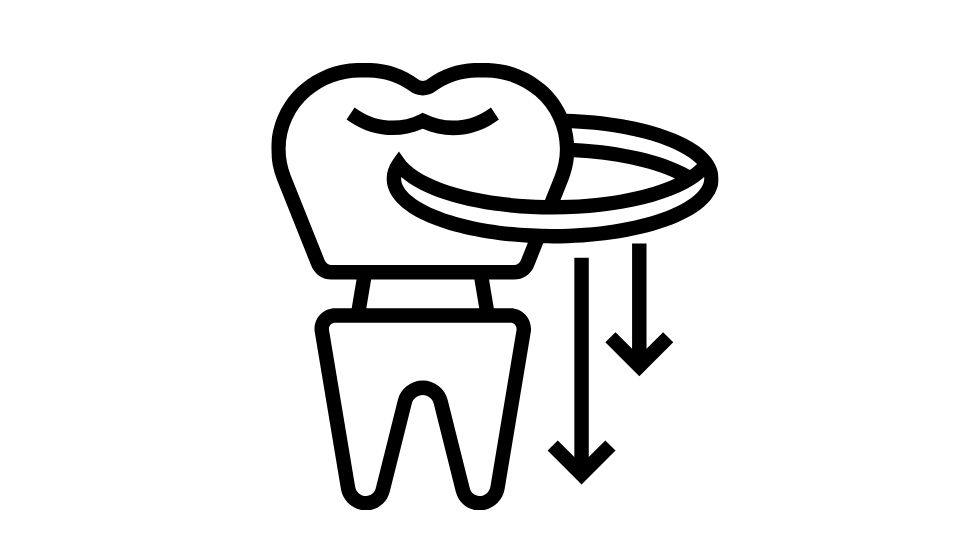
If you’re considering this route, here’s how to maximize your chances of success:
Research clinics obsessively – look for international accreditations, dentist credentials, and patient reviews from people from your country
Plan for complications – understand what happens if something goes wrong after you return home
Get everything in writing – treatment plans, costs, materials used, and guarantees
Allow enough time – don’t plan to fly in, get major work done, and fly out the next day
Find a local dentist willing to provide follow-up care before you go
Consider dental tourism “facilitators” who specialize in arranging these trips (though they add cost)
Bring medical records and x-rays from home to avoid unnecessary duplication
So Is It Worth It?
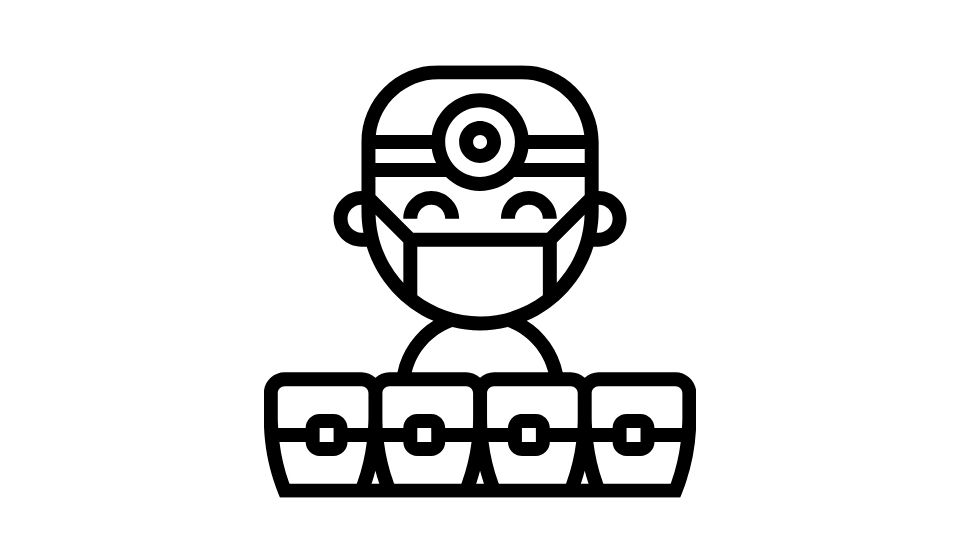
Here’s my take: dental tourism makes sense for certain situations and certain people.
It makes most sense for:
- Major, expensive procedures with significant savings potential
- People without dental insurance
- Those who can afford the time away
- Patients comfortable with some additional risk
It makes less sense for:
- Minor procedures where the savings don’t offset travel costs
- People with complex dental histories
- Anyone who can’t afford to address potential complications
- Those who need extensive follow-up care
The dental tourism industry is only getting bigger. According to the Dental Tourism Market Report, the global market is expected to reach $8.5 billion by 2026, growing at over 12% annually.
That’s a lot of Americans getting their teeth fixed in other countries. And honestly, it says more about our healthcare system than it does about the quality of foreign dentistry.
The bottom line? Dental tourism can be a solid option if you do your homework and understand both the benefits and the risks. But the key is proper research – don’t just jump on a plane to save a few bucks without knowing exactly what you’re getting into.
Your teeth are worth the extra effort.

